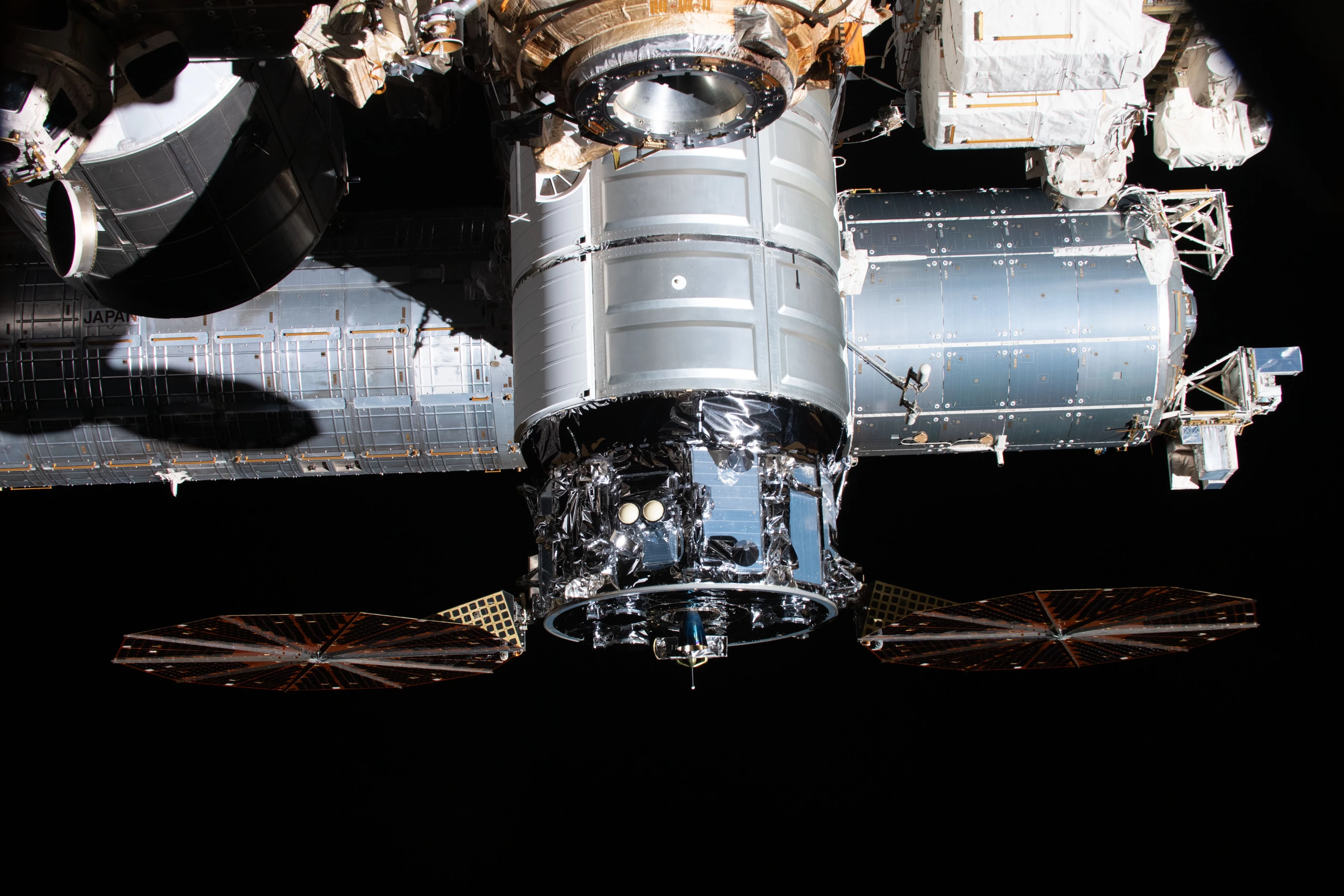For the first time since the retirement of the Space Shuttle, the United States now has the ability to control the orbit of the International Space Station (ISS) without Russian cooperation after a Northrop Grumman Cygnus cargo spacecraft became the first commercial spacecraft to successfully boost the space lab into a higher orbit.
Weighing over 444 tonnes and still growing, the ISS has been in orbit since 1998, so it's easy to take this massive space station for granted as it orbits the Earth at an altitude of about 250 miles (400 km) every 93 minutes. However, this orbit is far from stable. Atmospheric drag reduces its altitude by about one mile (2 km) every month, so it needs to be boosted into a higher orbit on a regular schedule.
Currently, this job is carried out by visiting Russian Progress cargo spacecraft and the Russian Zvezda propulsion module, using their thrusters. Under normal circumstances, this arrangement wouldn't matter, but the current geopolitical situation is far from normal and this has put the future of the ISS into question.
When Russia invaded Ukraine in February 2022, Western nations responded with economic sanctions and military aid to Ukraine, which sparked a harsh response from Russia. The Russian President Vladimir Putin announced that his country could withdraw from the ISS by 2025 and Dmitry Rogozin, the head of Russian space agency Roscosmos, tweeted that, "If you block cooperation with us, who will save the ISS from an uncontrolled deorbit and fall into the United States or…"
With the future of the ISS resting on the knife edge of international diplomacy, Northrop Grumman is now providing the same boost capability with an upgraded version of its Cygnus cargo ship, which has been docked with the ISS since February. Based on previous tests and an earlier boost effort that was aborted after a few seconds, the Cygnus shifted the station to a higher orbit on June 25, 2022.
The Enhanced variant of the Cygnus has a larger pressurized cargo module and a lighter solar power assembly capable of delivering the same output as its predecessor, allowing for heavier payloads.
Once the Cygnus has completed its mission to the ISS, it will depart the station, deploy a small satellite, and then burn up in the Earth's atmosphere during a controlled reentry over the Pacific Ocean.
"This reboost of the ISS using Cygnus adds a critical capability to help maintain and support the space station," said Steve Krein, vice president, civil and commercial space, tactical space systems, Northrop Grumman. "It also demonstrates the enormous capability Cygnus offers the ISS and future space exploration efforts."
Source: Northrop Grumman





